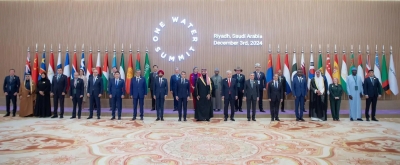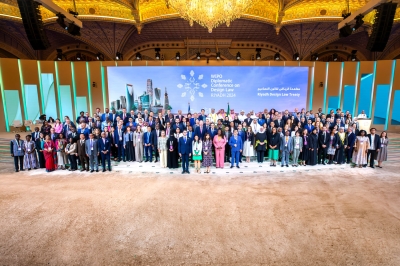
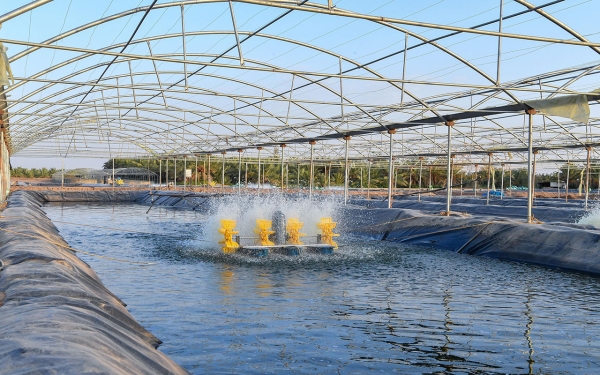
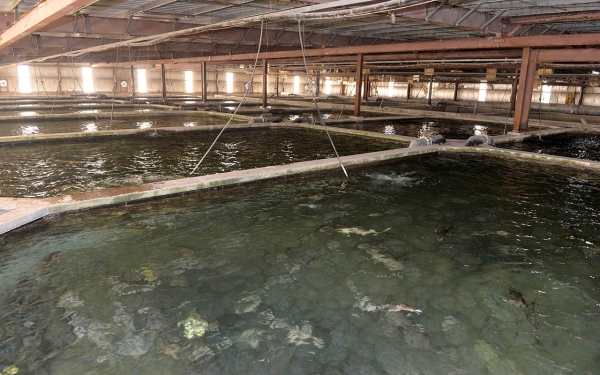
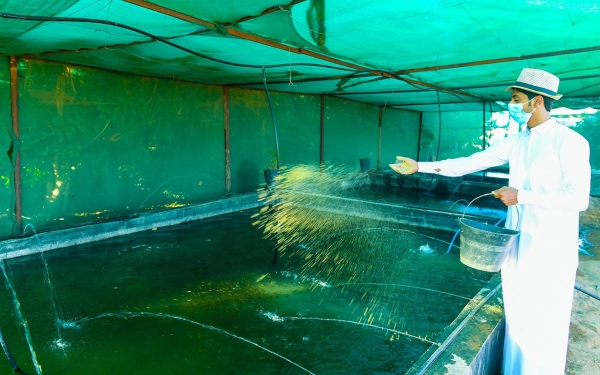
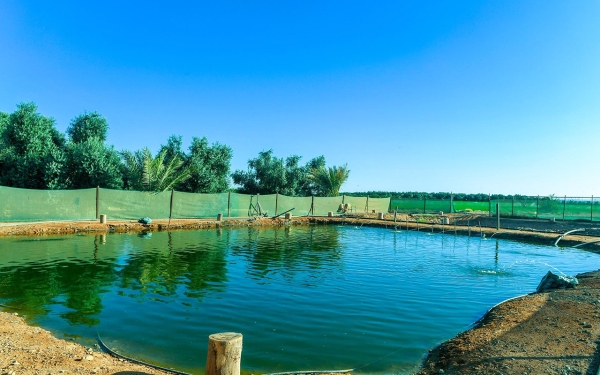
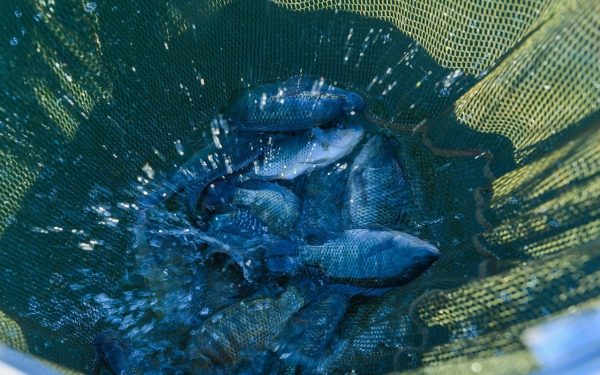
Tilapia Farming in the Kingdom of Saudi Arabia includes two types: Oreochromis spilurus and oreochromis niloticus. The first type, oreochromis spilurus, was introduced to the Kingdom in the early 1980s, before the establishment of the Fish Farming Center in Jeddah. This type was chosen for its ease of farming, economic feasibility, and flexibility in farming in marine, freshwater, and mixed-water environments. It is farmed in the Kingdom at research centers and some inland mixed-water farms. The second type, oreochromis niloticus, is one of the most commonly farmed fish in freshwater and inland projects in the Kingdom. It was among the first types of fish introduced to the sector since its inception, with production reaching approximately four thousand t per year from small and medium-sized farms distributed across various provinces of the Kingdom.
Tilapia fish characteristics
Oreochromis niloticus thrives in slightly saline water with a temperature of up to twenty-six °C, but it can withstand temperatures ranging from eight to forty-two °C. It feeds on plant phytoplankton and blue-green algae. It can adapt and withstand harsh environmental conditions more than any other type of fish.
These types of fish are found in many aquaculture sites in the Kingdom. They help reduce plant cover in irrigation canals and are prevalent in the water bodies of Wadi Hanifah and Wadi Jizan Dam. They are also found in the freshwater of al-Hufuf in al-Ahsa Governorate and may be present in other areas.
Tilapia grows and reproduces through external fertilization. After fertilization, the female incubates the eggs in her mouth until they hatch. Both females and males take care of the young by returning them to their mouths when they sense a threat to their safety.
Tilapia farming studies in the Kingdom
Tilapia farming has received attention from research organizations and institutions for its economic value. These entities have contributed to conducting preliminary studies on aquaculture. King Abdulaziz City for Science and Technology played a significant role in introducing and developing the aquaculture sector in inland waters, which led to the spread of tilapia production farms in freshwater environments.
Interest in aquaculture has led to the spread of inland water farms in various areas of the Kingdom, particularly in Riyadh, Qassim, Hail, the Eastern Province, and Makkah al-Mukarramah Province. According to statistics from 2015 to 2016, production reached approximately 5,143 t, with oreochromis niloticus accounting for the largest share of production at 97.4 percent.
The cultivation of tilapia began at the Fish Farms Center in Jeddah, which started its first research on these fish in early 1982. The center successfully produced quantities of tilapia fry, and this type was chosen for its suitability to the Kingdom’s conditions and its tolerance to salinity. It can be acclimated from freshwater to saltwater in just forty-eight hours.
The center cultivates tilapia fish known as "Oreochromis Spilurus", which was chosen for its high tolerance to the salinity of the Red Sea. This species has been acclimated at the center to grow and hatch in fully saline seawater. The original broodstock for this species was brought from Kenya.
Related quizzes
Related articles
